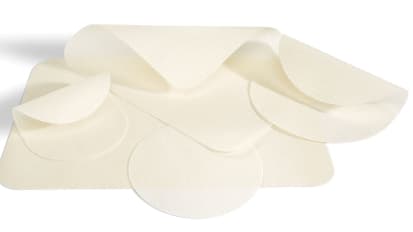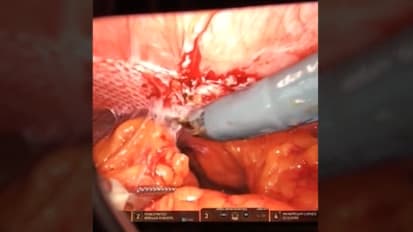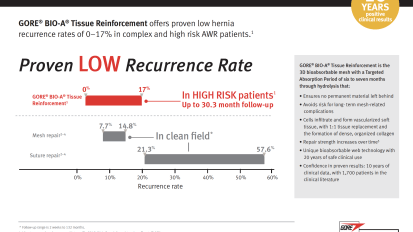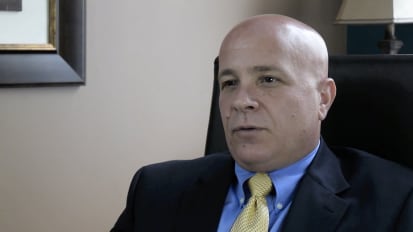
 Video
Video
Long-term results for intraperitoneal biomaterial repair of ventral hernias in a real-world, retrospective, multicenter study
This retrospective, multicenter, case review analyzed device/procedure endpoints and patient-reported outcomes in patients treated for hernia repair 1 year or more from study enrollment. Video
Video
Post-Operative View: 18-Months Post-Implantation GORE® SYNECOR Intraperitoneal Biomaterial Hybrid Mesh
Razvan Opreanu, MD, shares an 18-month post operative view using GORE® SYNECOR Intraperitoneal Biomaterial hybrid mesh.Optimising Biliary Stenting: Reducing Migrations and Reinterventions
This evening of clinical discussion is designed for experienced gastroenterologists and interventional radiologists, and will focus on how to optimise treatments of biliary strictures, specifically reducing complications and optimising hospital costs. Document
Document
Case Study: Proven Outcomes Reduced Costs for Complex Hernia Repairs
GORE® BIO-A® Tissue Reinforcement is an excellent choice in soft tissue repair, including complex hernia. Document
Document
Long-term results for intraperitoneal biomaterial repair of ventral hernias in a real-world, retrospective, multicenter study
This retrospective, multicenter, case review analyzed device/procedure endpoints and patient-reported outcomes in patients treated for hernia repair 1 year or more from study enrollment. Document
Document
Better AWR Outcomes. Reinforced by Data. Critical healing period and repair strength
GORE® BIO-A® Tissue Reinforcement provides a unique 3D tissue-building scaffold that elicits a specific tissue response during the critical wound healing period. Document
Document
Bioabsorbable Mesh for Hernia Repair: Know your Options
GORE® BIO-A® Tissue Reinforcement is intended for use in the reinforcement of soft tissue. GORE® BIO-A® Tissue Reinforcement may be used include hernia repair as suture-line reinforcement, muscle flap reinforcement, and general tissue reconstructions.Understanding Hernia Mesh Materials and Design, as Related to Clinical Needs
Join Howard Levinson, MD, FACS for a clinical discussion on hernia mesh, to understand materials and designs, and how those factors may relate to supporting clinical needs and patient outcomes. Video
Video
Minimally Invasive Surgery Symposium
Professor Michel Gagner discusses how to mitigate risks in bariatric surgery and reminds us that not all reinforcements are the same. Document
Document
Better AWR Outcomes. Reinforced by Data. GORE® BIO-A® Tissue Reinforcement offers low complication rates in complex and high-risk patients
GORE® BIO-A® Tissue Reinforcement offers proven low hernia recurrence rates of 0–17% in complex and high risk AWR patients. Document
Document
Better AWR Outcomes. Reinforced by Data. Confidence for surgeons and patients in ventral hernia repair
GORE® BIO-A® Tissue Reinforcement is designed as an alternative to longer-term resorbable and permanent meshes to offer a strong repair while avoiding risk for long-term mesh-related complications Video
Video
A Hospital Administrator’s Perspective on Economic Value
Eric S. Bour, President, Hillcrest Memorial Hospital and Simpsonville Medical Campus, sits down to discuss how the value of a surgeon and a hospital are being measured today.